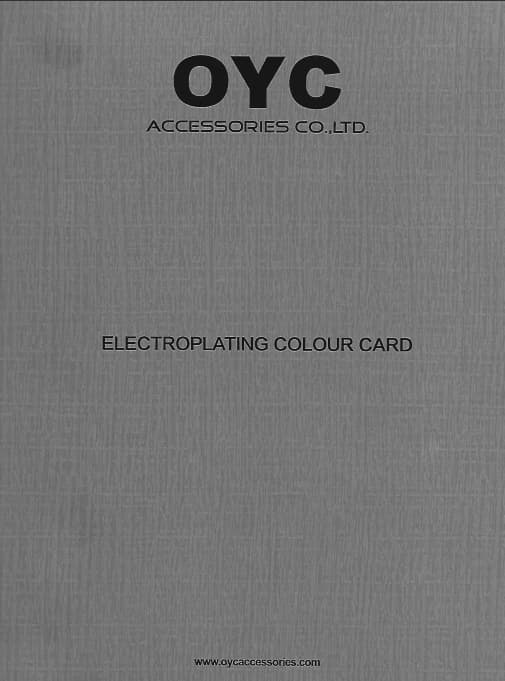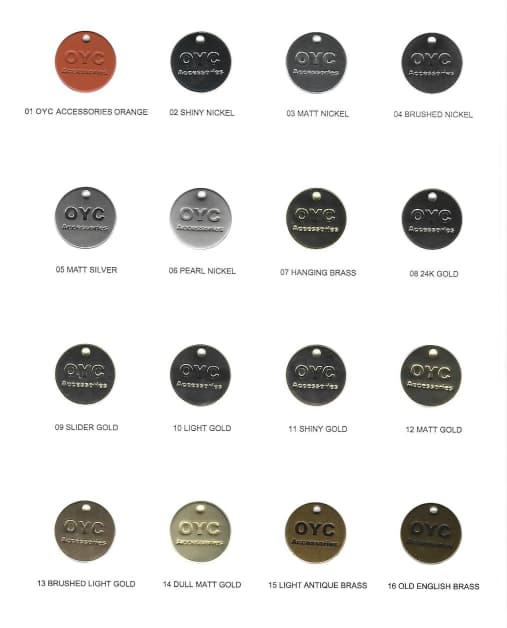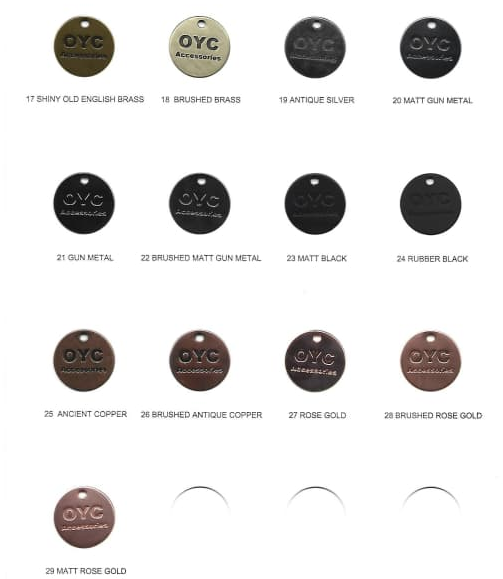- Personalized Customization High Quality Metal Accessories For Brand
- Contact +86-13924451472
Product Details
- Material and process compatibility testing
Detection content:
Whether the material composition of the metal substrate (e.g. stainless steel, aluminum alloy) meets the requirements.
Whether the engraving process (laser, chemical etching, etc.) causes heat affected zone (HAZ) or corrosion on the material.
Detection Method:
Verification of material composition using a spectrum analyzer.
Observation of microstructural changes in the engraved area by metallurgical microscopy.
Importance:
Mismatch between material and process may result in reduced durability or abnormal appearance of the sign. - Functionality test (if applicable)
Test content:
If the sign needs to have reflective, luminous or conductive function, its performance should be verified.
Weathering test (e.g. salt spray, UV aging) to assess the long-term reliability of the sign.
Testing Method:
Functional verification using reflective tester or luminous intensity meter.
Accelerated aging test by environmental simulation test chamber.
Importance:
Functional signs need to ensure stability and reliability in the actual use environment. - Testing standards and specifications
Reference standard:
Dimension and Shape Tolerance: ISO 2768, GB/T 1804.
Surface roughness: ISO 4287, GB/T 1031.
Material analysis: ASTM E1086 (spectral analysis), GB/T 20125 (metal material analysis).
Industry specifications:
Automotive, aerospace and other fields may need to follow more stringent corporate standards or customer-specific requirements.
Summary
The inspection of “Engraved Round Metal Logo” needs to cover multiple dimensions such as dimensions, engraving quality, surface integrity, material properties and functionality, etc., combined with high-precision measuring equipment and environmental simulation tests to ensure that the product meets the design and use requirements. The inspection process should strictly follow the relevant standards and adjust the inspection focus according to the actual application scenarios.



相关推荐
Serach
Related recommendations
© 2025. All Rights Reserved. OYC Accessories CO.,LTD















